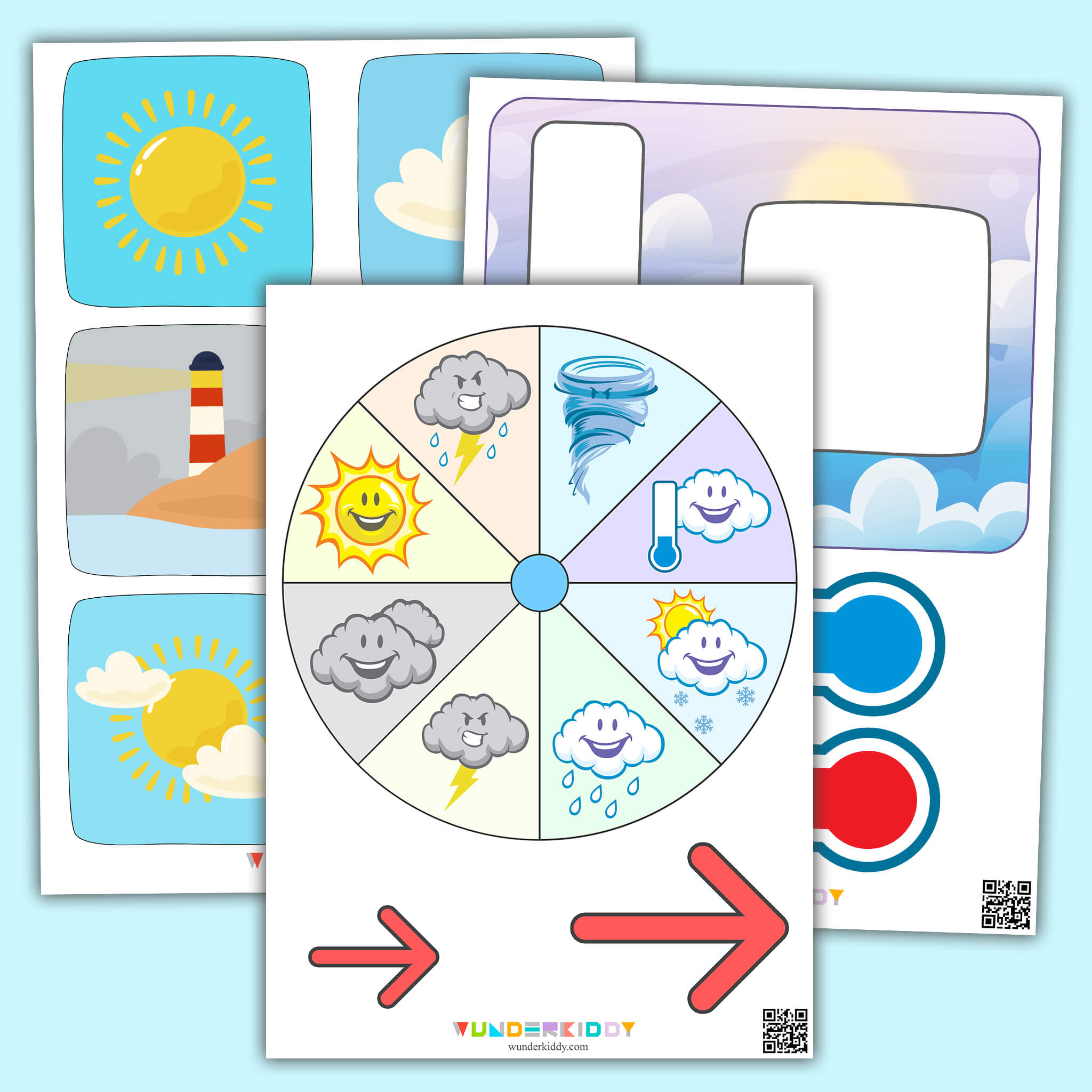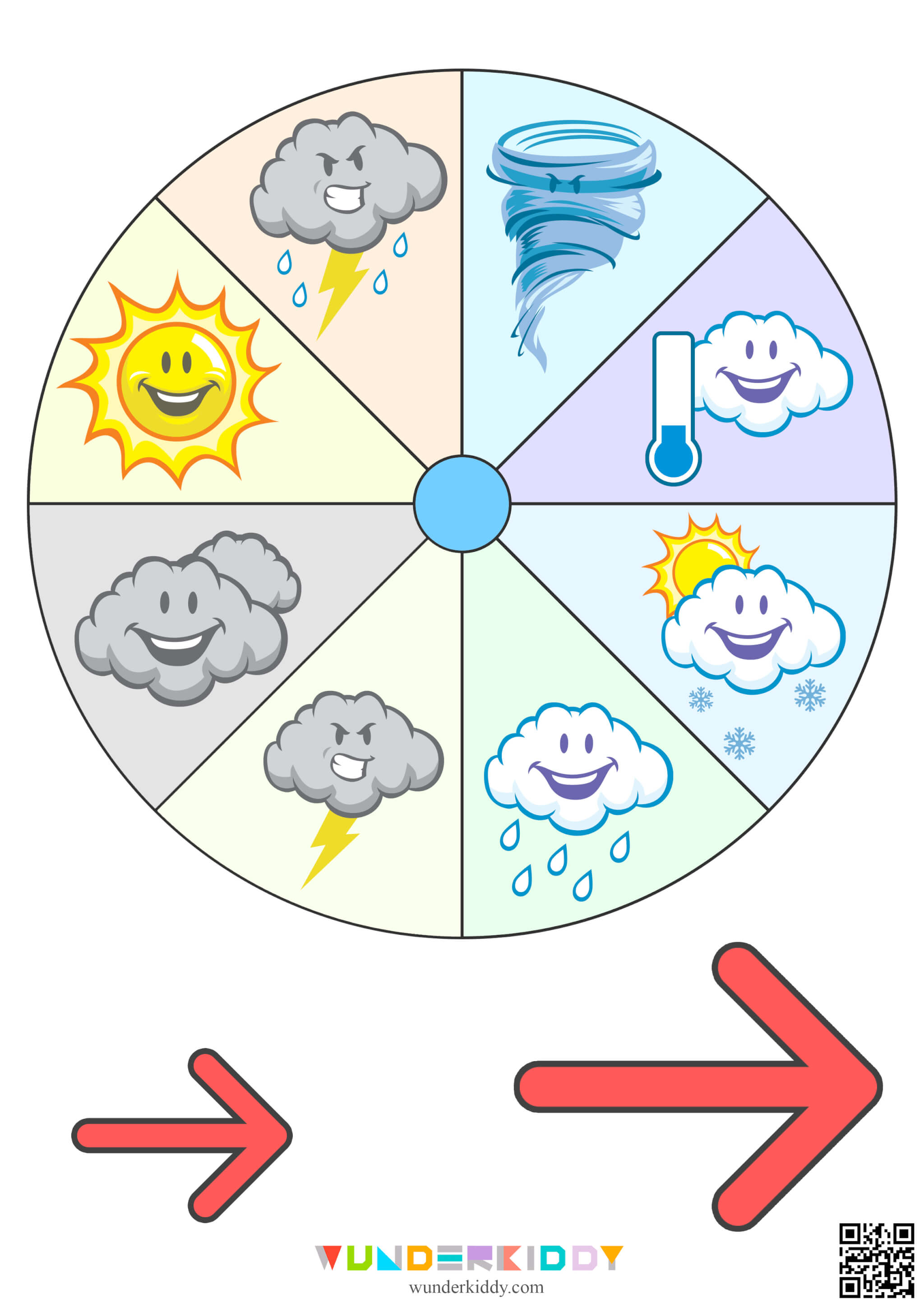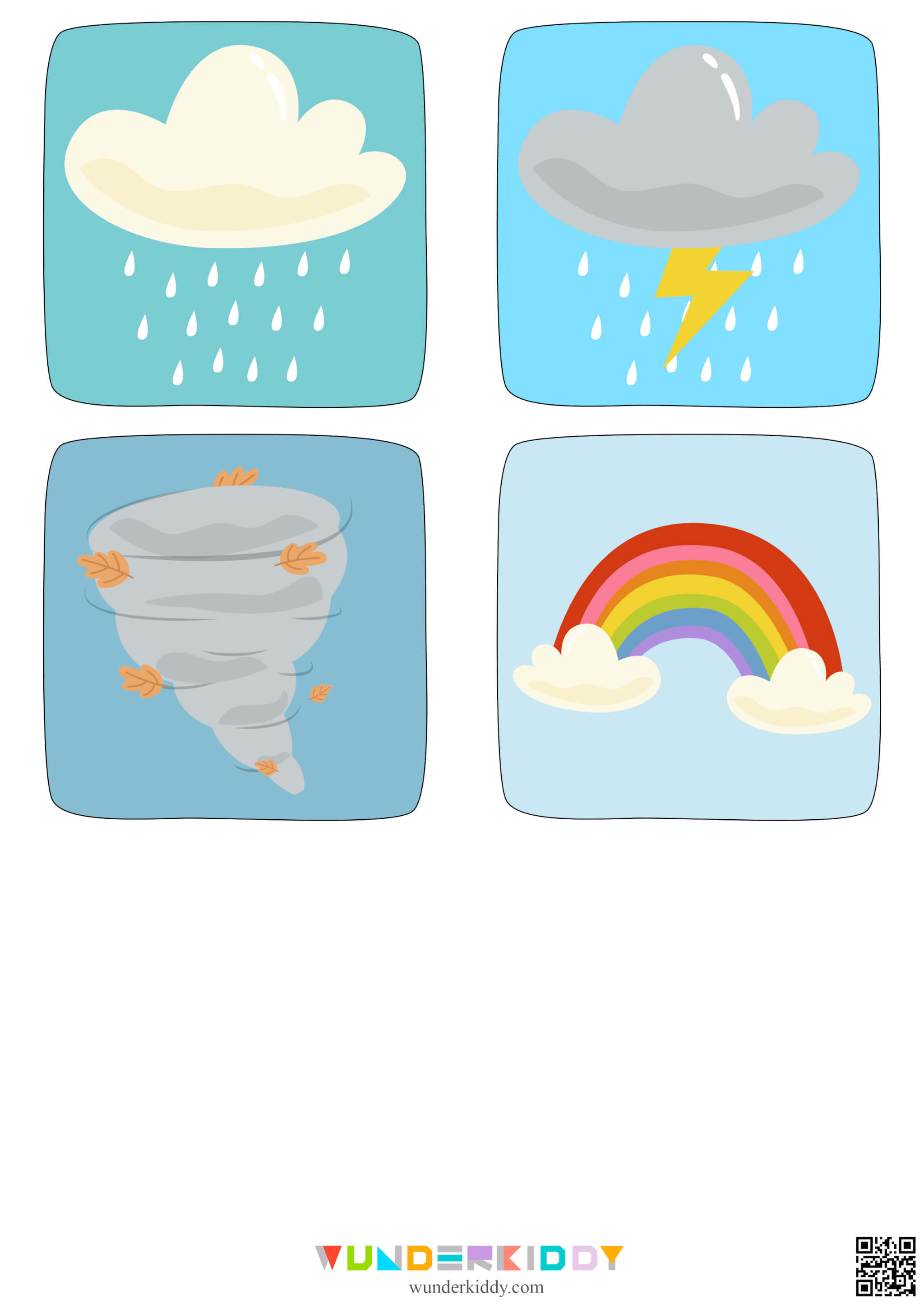Weather plays a massive role in our daily lives, shaping how we plan our days, from what we wear to where we go. Whether you're a weather enthusiast or just someone trying to avoid a sudden downpour, understanding todays weather is crucial. In this guide, we'll dive deep into everything you need to know about today's weather, offering practical tips and insights to keep you prepared and informed.
Have you ever woken up, glanced out the window, and thought, "What's the deal with todays weather?" It's a question we've all asked ourselves at least once. Weather isn't just about rain or sunshine; it's a dynamic force that impacts our health, mood, and even productivity. So, buckle up, because we're about to take you on a journey through the world of weather forecasting.
This article isn't just another weather report. We're diving into the nitty-gritty of how weather systems work, the tools meteorologists use, and how you can stay one step ahead of the elements. So, whether you're planning a picnic or just trying to figure out if you need an umbrella, this guide has got you covered.
Read also:Temporary Replacement When Youre Hungry Your Ultimate Guide
Why Should You Care About Todays Weather?
Weather might seem unpredictable, but it’s actually a science. Understanding todays weather isn’t just about avoiding puddles; it’s about staying safe and making smart decisions. For instance, if you're heading out for a hike, knowing the weather forecast can mean the difference between a great adventure and a dangerous situation.
Moreover, weather impacts industries like agriculture, aviation, and even retail. Farmers rely on weather patterns to decide when to plant or harvest. Airlines adjust schedules based on storms. And retailers stock up on certain products, like umbrellas or heaters, depending on the forecast. So, yeah, weather matters more than you think.
And hey, who doesn’t want to impress their friends with some weather trivia? Knowing about pressure systems, wind patterns, and temperature variations can make you the life of any party. Or at least, the go-to person when someone asks, "What's up with todays weather?"
How is Todays Weather Predicted?
Predicting todays weather is a blend of science, technology, and a dash of intuition. Meteorologists use a variety of tools to gather data, analyze patterns, and make forecasts. Here's a quick rundown:
- Satellites: These babies orbit the Earth, providing real-time images of cloud formations, storms, and other weather phenomena.
- Radar Systems: Radar helps detect precipitation and track its movement, giving meteorologists a heads-up on incoming rain or snow.
- Weather Balloons: These balloons carry instruments high into the atmosphere to collect data on temperature, humidity, and wind speed.
- Computer Models: Advanced algorithms process all this data to create weather models, which predict future conditions.
It’s not perfect, but it’s pretty darn close. Of course, there are always those days when the forecast says sunshine, and you end up drenched. But hey, that’s part of the charm, right?
Common Weather Patterns You Should Know
Weather patterns are like nature's mood swings. Some are predictable, while others are downright unpredictable. Here are a few common patterns you might encounter:
Read also:Suge Knight Age In 2034 The Untold Story Of A Hiphop Legend
High and Low Pressure Systems
High pressure systems usually bring clear skies and calm weather. Low pressure systems, on the other hand, are often associated with clouds, rain, and storms. Think of it like this: high pressure is like a sunny day at the beach, while low pressure is like a moody teenager.
Fronts: Cold and Warm
Fronts are boundaries between air masses of different temperatures. Cold fronts move fast and can bring sudden changes in weather, like thunderstorms. Warm fronts move slower and often result in milder weather. Think of them as the weather version of a fast-food drive-thru versus a fancy restaurant.
Precipitation Types
Precipitation isn’t just rain. It includes snow, sleet, hail, and even drizzle. Each type forms under different atmospheric conditions, and understanding them can help you prepare better. For example, if you see hail in the forecast, you might want to park your car under cover.
Tools to Track Todays Weather
Thanks to technology, tracking todays weather has never been easier. Here are some tools you can use:
- Weather Apps: Apps like AccuWeather, Weather Channel, and Windy offer real-time updates and customizable alerts.
- Smart Home Devices: Devices like Amazon Alexa or Google Home can provide weather updates with just a voice command.
- Online Platforms: Websites like Weather.com or the National Weather Service offer detailed forecasts and interactive maps.
These tools aren’t just for convenience; they can also keep you safe. For example, if a severe storm is approaching, you’ll get an alert before it hits your area.
How Does Climate Change Affect Todays Weather?
Climate change is a buzzword for a reason. It’s having a significant impact on todays weather, leading to more extreme weather events. Heatwaves are becoming more intense, hurricanes are getting stronger, and rainfall patterns are shifting.
Scientists attribute this to rising global temperatures, caused by human activities like burning fossil fuels and deforestation. While we can’t control the climate, we can adapt to its changes. This might mean building more resilient infrastructure or simply being more prepared for unexpected weather.
For example, if you live in an area prone to flooding, you might want to invest in flood insurance or elevate your home. It’s all about being proactive rather than reactive.
Tips for Staying Safe in Extreme Weather
Extreme weather can be scary, but with the right preparation, you can stay safe. Here are some tips:
During a Storm
- Stay indoors and away from windows.
- Unplug electronics to avoid damage from power surges.
- Keep a battery-powered radio handy for updates.
During a Heatwave
- Stay hydrated and avoid strenuous activities during peak heat hours.
- Wear light-colored, loose-fitting clothing.
- Check on elderly neighbors or those without air conditioning.
Preparation is key. Whether it’s stocking up on emergency supplies or having a family emergency plan, knowing what to do can make all the difference.
Fun Facts About Todays Weather
Weather isn’t all doom and gloom. Here are some fun facts to brighten your day:
- The fastest wind speed ever recorded was 318 mph during a tornado in Oklahoma in 1999.
- Lightning strikes the Earth about 100 times per second.
- Contrary to popular belief, it can snow at temperatures above freezing if the air is dry enough.
Who knew weather could be so fascinating? These facts are just the tip of the iceberg when it comes to the wonders of meteorology.
Understanding Weather Alerts
Weather alerts are like the weather version of a smoke alarm. They warn you of potential dangers, giving you time to prepare. Here’s what they mean:
Watch vs Warning
A watch means conditions are favorable for a severe weather event. A warning means the event is imminent or already occurring. Think of it like this: a watch is like hearing thunder in the distance, while a warning is like being caught in the middle of a lightning storm.
Types of Alerts
- Tornado Warning: A tornado has been spotted or indicated by radar.
- Severe Thunderstorm Warning: A thunderstorm capable of causing significant damage is occurring.
- Flood Warning: Flooding is occurring or expected to occur soon.
Knowing the difference can help you respond appropriately, ensuring your safety and the safety of those around you.
How to Prepare for Todays Weather
Preparation is the name of the game when it comes to todays weather. Here’s how you can get ready:
For Daily Weather
- Check the forecast every morning to plan your day.
- Carry an umbrella or jacket if rain is in the forecast.
- Wear sunscreen even on cloudy days; UV rays can penetrate clouds.
For Severe Weather
- Create an emergency kit with essentials like water, food, and first aid supplies.
- Identify safe areas in your home, like a basement or interior room.
- Stay informed through reliable sources like the National Weather Service.
Being prepared doesn’t mean you have to live in fear. It just means you’re ready for whatever mother nature throws your way.
The Future of Weather Forecasting
Weather forecasting is evolving rapidly thanks to advances in technology. Artificial intelligence, machine learning, and improved satellite technology are making forecasts more accurate and detailed than ever before.
For example, AI can analyze vast amounts of data to predict weather patterns with greater precision. This means fewer surprises and more time to prepare. Imagine a world where you know exactly when and where it will rain, down to the minute. Sounds pretty cool, right?
Of course, there’s still room for improvement. Weather is complex and unpredictable, and no forecast is 100% accurate. But with each passing year, we’re getting closer to that ideal.
Conclusion: Take Control of Todays Weather
In conclusion, understanding todays weather is more than just checking the forecast. It’s about being informed, prepared, and proactive. Whether you’re dealing with a mild drizzle or a severe storm, the right knowledge and tools can make all the difference.
So, take a moment to check the forecast, prepare accordingly, and stay safe. And don’t forget to share this article with your friends and family. After all, knowledge is power, and who knows? You might just save someone from a soggy surprise.
Until next time, stay dry, stay cool, and keep an eye on the skies!
Table of Contents
- Why Should You Care About Todays Weather?
- How is Todays Weather Predicted?
- Common Weather Patterns You Should Know
- Tools to Track Todays Weather
- How Does Climate Change Affect Todays Weather?
- Tips for Staying Safe in Extreme Weather
- Fun Facts About Todays Weather
- Understanding Weather Alerts
- How to Prepare for Todays Weather
- The Future of Weather Forecasting


